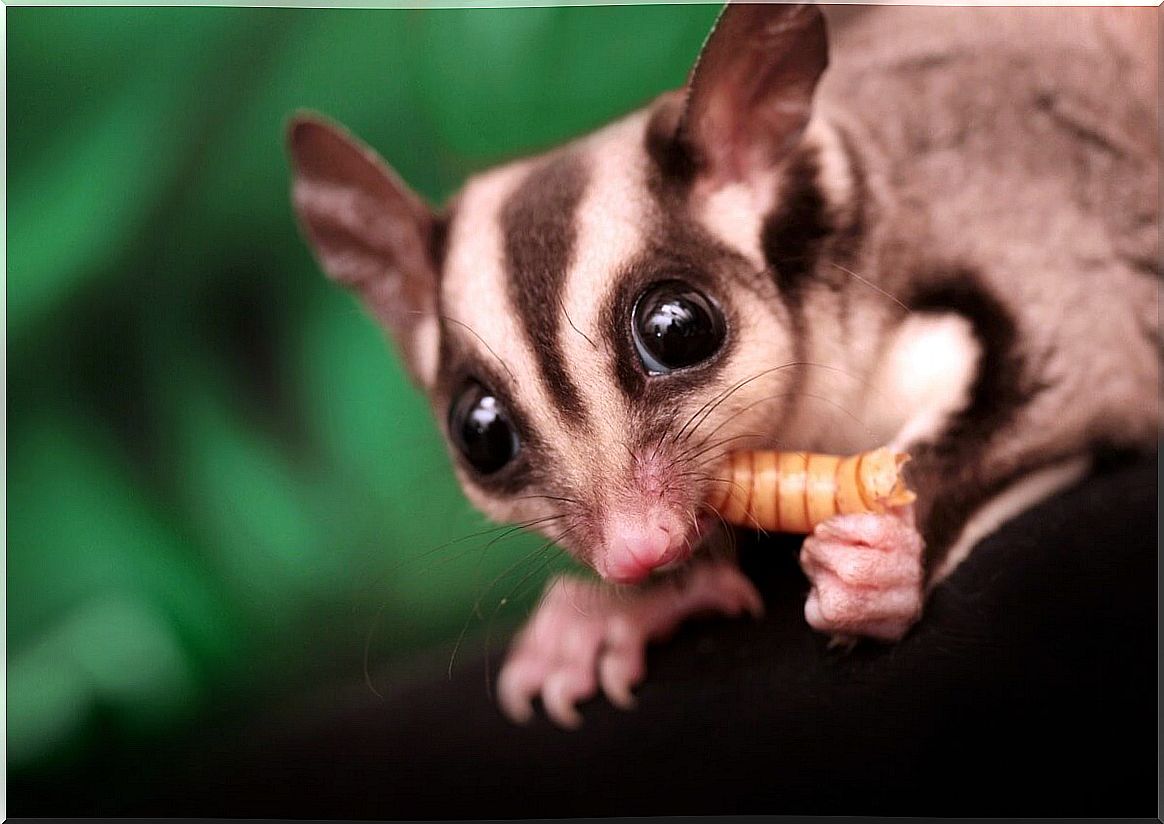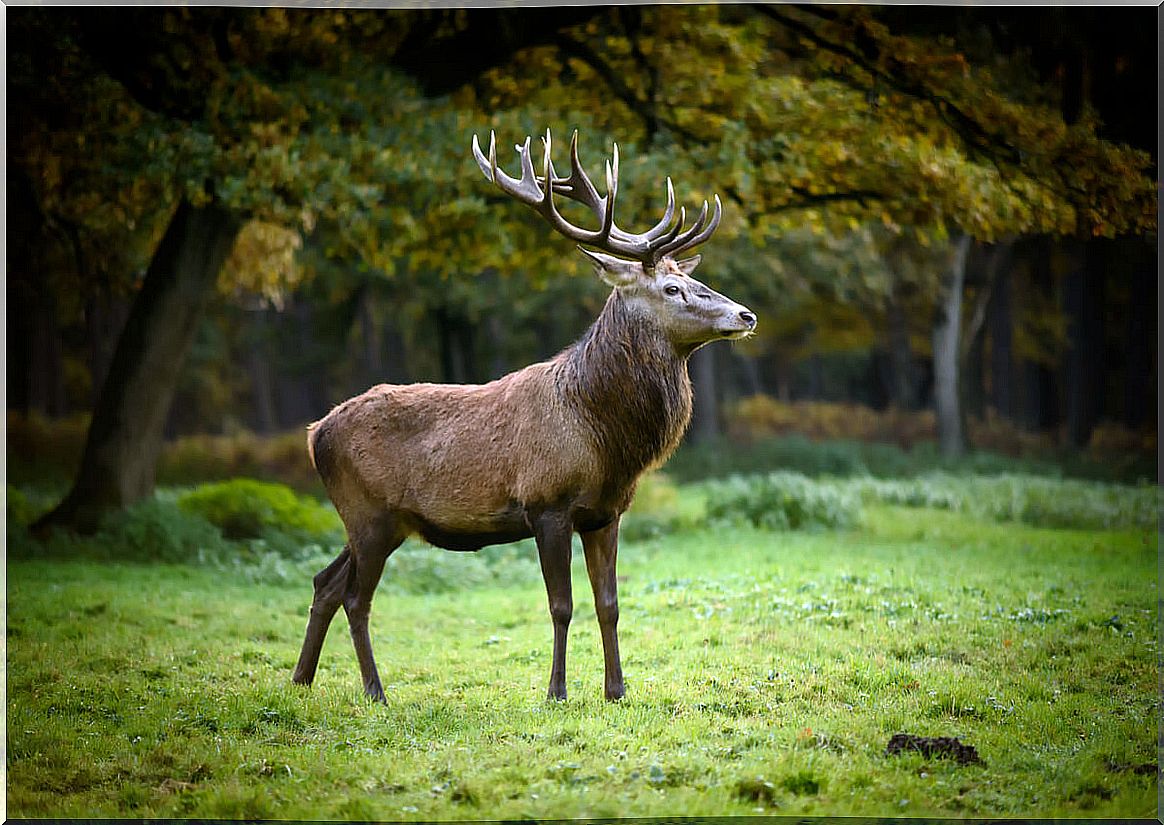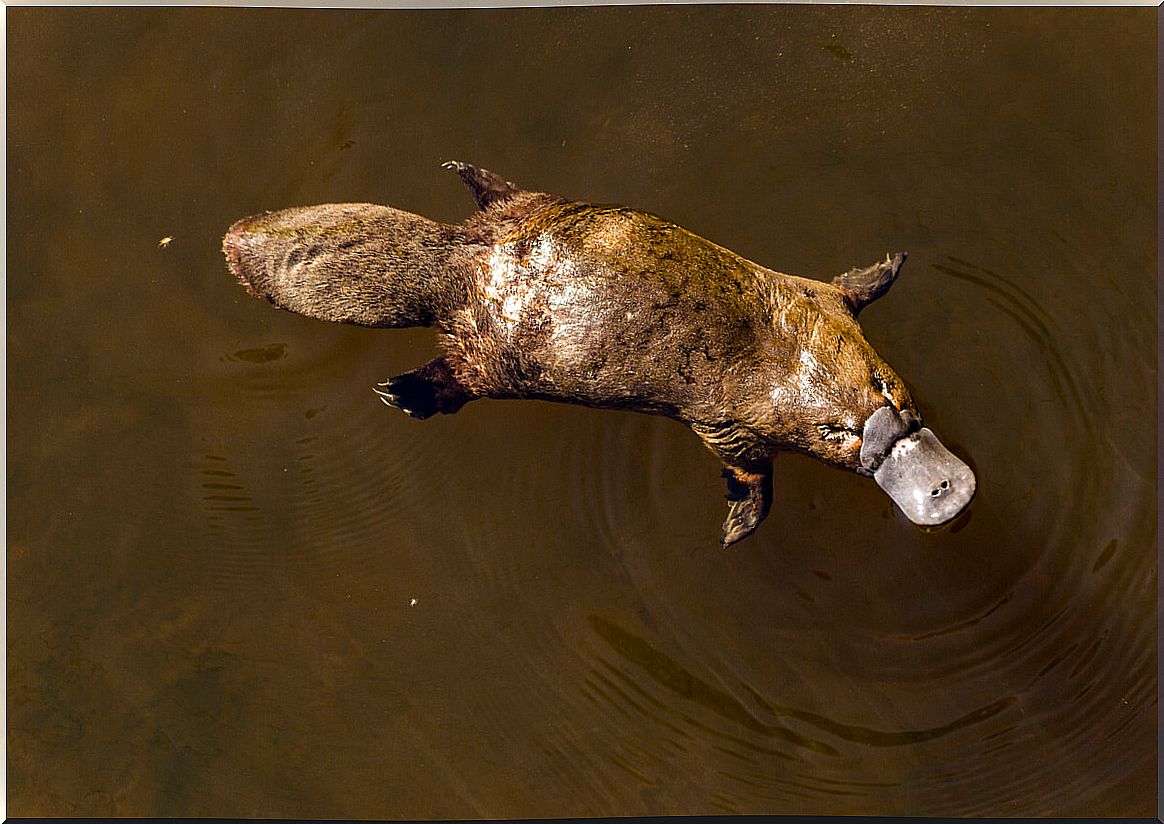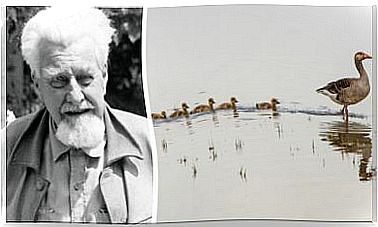Types Of Mammals And Their Characteristics

There are so many animals described throughout the planet that it has been necessary to separate them into various groups according to their characteristics to facilitate their study. One of the largest groupings is that of mammals, which has almost 5,500 species around the globe.
We invite you to continue reading and learn what makes mammals so special, what characterizes them and what are the main groups into which this vast animal taxon is divided. Let’s go there!
What are mammals?
Mammals are a particularly diverse and interesting group of animals. We can find some giant mammals – like the blue whale – and some very small ones – like the bat – which, although they seem to have nothing in common, actually share several similarities.
After the extinction of the dinosaurs, some 65 million years ago, several branches have been described in which mammals are classified, diversifying into numerous agglomerates of those present in the terrestrial, aerial and aquatic environment. Since then, mammals have been adapting to almost all ecosystems on the planet.
Mammal characteristics
Here are 10 main characteristics with which we can identify a mammal from the entire animal kingdom. Do not miss it:
- Derived from the sebaceous glands, the females of all mammals managed to develop mammary glands, responsible for the production and secretion of milk, with which they feed their young.
- All species have hair, some to a greater extent than others.
- Its jaw is made up of a dental bone that, in turn, is articulated to the skull.
- They are homeothermic. Mammals have the ability to regulate their body temperature and keep it constant according to the environment where they are, which is why some know them as warm-blooded animals.
- All mammals have a complete, closed, double circulatory system, along with a heart divided into 4 chambers.
- They perform lung respiration. Mammals take oxygen from the air and carry it to their lungs, located in their thoracic cavity. In the case of aquatic mammals, they can remain submerged for a long period of time, but will inevitably have to surface in order to breathe.
- The central nervous system of mammals is highly developed. They have a cerebral neocortex that allows them to have an extremely complex and sophisticated response behavior, which allows them to process all the stimuli they pick up in their environment.
- The limbs of mammals have evolved over time and have managed to adapt to the conditions of the environment where they are found. The terrestrial ones, for example, have claws, hooves, hooves and nails. The aquatic ones have hydrodynamic fins and, finally, the aerial ones have membranous wings.
- The thoracic cavity is separated from the abdominal cavity by the diaphragm. In addition, your middle ear has 3 bones – hammer, anvil, and stapes.
- All mammals have viviparous reproduction and do not have a cloaca. These last 2 characteristics include all mammals, with the exception of monotremes, which we will talk about below.

Classification of mammals
There are several categories in which mammals can be grouped, however, the main classification is divided into 3 groups, differentiated according to their reproduction. Do not miss it.
Placental
Mammals within this category are characterized by having an embryonic development in their mother’s womb. Here, they feed on the placenta in which they are immersed. The time that this stage covers varies according to the species.

Marsupials
Animals included in this group have the peculiarity of spending only a short period of time in the female’s uterus. For this reason, the young are expelled to the environment in very precarious conditions.
Mothers leave a trail of saliva between the vagina and the pouch (pouch) through which the young crawl after delivery. Once inside it, they attach themselves to the nipples and begin to feed. Here they will be safe for a long period, in which they will complete their development.
Some of the marsupials that are in this category are the following: the opossum, the kangaroo, the koala, the bilbí and the little monkey. There are very few species of marsupials on Earth – about 270 – mostly on the Australian continent.

Monotremes
They are considered the most primitive mammals, as they still retain reptilian characteristics. They have an acuminate skull towards the beak-shaped snout, which has a horny structure. In addition, males have a spur on their hind limbs, like sauropsids.
Monotremes are oviparous animals – they lay eggs. Their digestive, reproductive and urinary tracts converge in the same hole called the cloaca. This group is made up of the platypus and 4 echidnas, which are mostly distributed in the region of Australia and nearby islands.

Now that you know a little more about mammals, you will be able to realize how diverse the fauna is around the planet and the surprising way in which all species have evolved to survive. Each living being adapts to the maximum to its environment, since natural selection only favors the most prepared.
It is a fact that changes in the environment of living beings will continue, so in the future, new species and groups of fascinating mammals will surely continue to be described.









